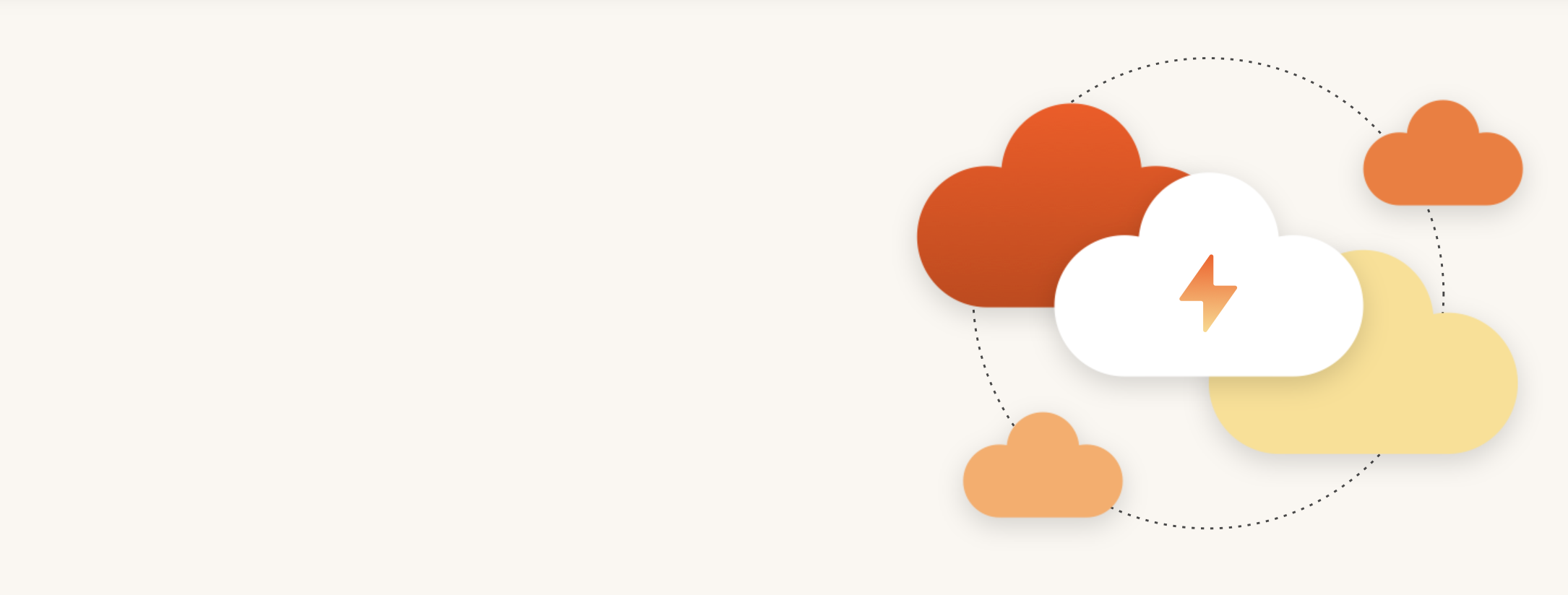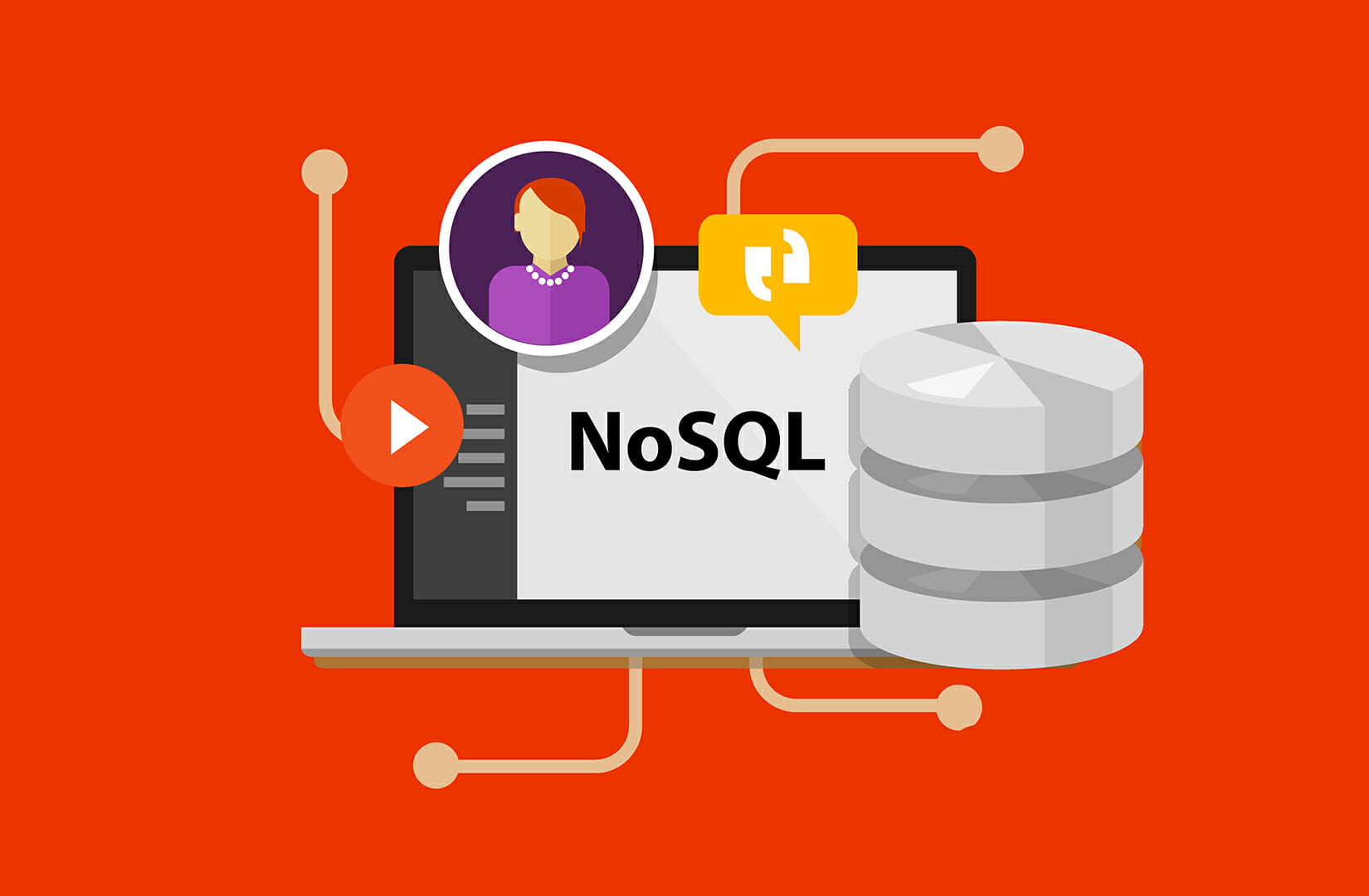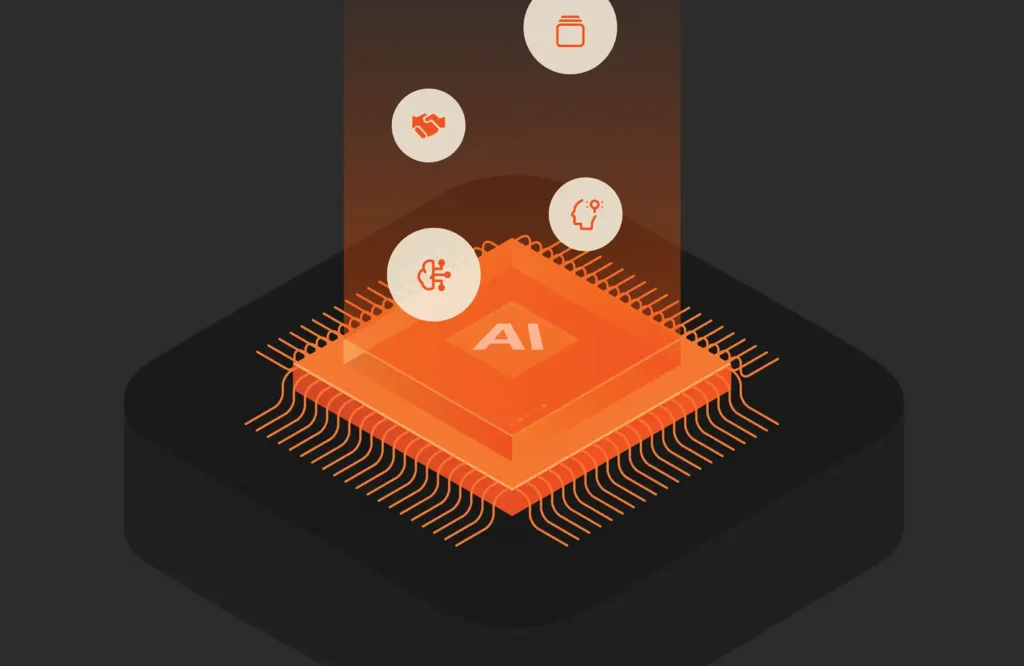NoSQL databases offer scalable, flexible, and high-performance solutions for modern business needs, enabling rapid development and data-driven decision-making. Let’s review the types of these databases out there and also the differences between relational and non-relational databases.
What Is a NoSQL Database?
NoSQL stands for “Not Only SQL” and encompasses a range of database management system types designed to handle diverse data types, high scalability, and distributed architecture. In the ever-evolving landscape of data management, these databases, also known as non-relational databases, emerged as a groundbreaking alternative to traditional relational databases.
Relational vs. Non-relational Databases
Relational databases follow a structured, tabular format with predefined schemas, suitable for structured data. Non-relational databases, on the other hand, embrace flexibility and accommodate unstructured or semi-structured data, allowing for dynamic schema changes and horizontal scalability.
Different Types
NoSQL databases can be broadly categorized into four main types based on their data models:
Document Stores
Document databases like MongoDB and Couchbase store and retrieve data in the form of documents, typically using JSON or BSON formats. They’re well-suited for applications with varying or evolving data structures, making them popular for content management, e-commerce, and real-time analytics.
Key-value Stores
Key-value databases, such as Redis and Amazon DynamoDB, store data as simple key-value pairs. These databases are efficient for caching, real-time analytics, and scenarios where high-speed data retrieval is crucial.
Column-family Stores
Column-family databases like Apache Cassandra and HBase store data in columns grouped together as column families. These databases are designed for massive scalability, making them ideal for time-series data, sensor data, and online applications with high write throughput.
Graph Databases
Graph databases like Neo4j and Amazon Neptune focus on representing and traversing relationships between data points. They excel in applications involving social networks, fraud detection, recommendation engines, and knowledge graphs.
NoSQL Database Use Cases and Considerations
Why Use NoSQL Databases?
NoSQL databases excel in scenarios demanding rapid development, large-scale data ingestion, and real-time analytics. They’re ideal for applications like e-commerce platforms, social networks, IoT data storage, and content management systems, where dynamic data models and high concurrency are crucial.
Benefits of NoSQL
NoSQL databases bring numerous advantages, including schema flexibility, horizontal scalability, and distributed architecture, enabling organizations to handle massive volumes of data efficiently. They offer improved performance and can adapt to evolving business needs without major disruptions.
Disadvantages of NoSQL
While these databases provide remarkable benefits, they also present challenges such as potential data consistency issues, limited support for complex queries, and varying levels of community and tooling support compared to traditional SQL databases.
Considerations for Choosing a NoSQL Database
Here are some factors to consider when selecting a NoSQL database:
Scalability
NoSQL databases are often chosen for their ability to scale horizontally, distributing data across multiple servers or nodes. Consider your application’s growth potential and the ease with which your chosen NoSQL database can handle increasing workloads.
Data Model
Select a NoSQL database that aligns with your data’s structure and requirements. Document stores are suitable for flexible data structures, while key-value stores excel at simple data access. Column-family stores offer excellent write scalability, and graph databases are tailored for relationship-heavy data.
Consistency vs. Availability
NoSQL databases generally follow the CAP theorem, which states that they can provide consistency, availability, and partition tolerance, but not all three simultaneously. Consider your application’s priorities—whether it requires strong consistency, high availability, or both.
Querying and Indexing
Evaluate the query capabilities and indexing features of different NoSQL databases. Some databases support complex querying while others prioritize simple access patterns.
Data Distribution and Replication
NoSQL databases often offer mechanisms for data distribution and replication to ensure data durability and availability. Understand how data is distributed across nodes and how replication is managed.
Ecosystem and Community
Consider the ecosystem around the NoSQL database, including developer tools, libraries, and community support. An active community can provide valuable resources and help you overcome challenges.
Alternatives to NoSQL Databases
When choosing a NoSQL database, you may also want to consider these alternative options:
Open Source NoSQL Database Providers
Open source options like MongoDB, Cassandra, and Redis offer flexibility and customization, but they require more operational overhead compared to managed AWS services.
Free NoSQL Database Providers
Some free NoSQL databases, like MongoDB Community Edition and Redis, can be used for small-scale projects or development environments without the initial cost.
Conclusion
NoSQL databases empower businesses to handle modern data challenges by providing a wide array of scalable and flexible options. Whether it’s managing high-speed transactions, analyzing complex relationships, or ensuring data immutability, theseoffer the tools needed to thrive in a data-intensive world. By understanding the benefits, use cases, and trade-offs, organizations can make informed decisions to harness the power of these databases for their unique needs. Looking to accelerate your NoSQL database workloads for your hybrid and multicloud environments? Check out our suite of open source database solutions.

Modern Hybrid Cloud Solutions
Seamless Cloud Mobility
Unify cloud and on-premises infrastructure with a modern data platform.







